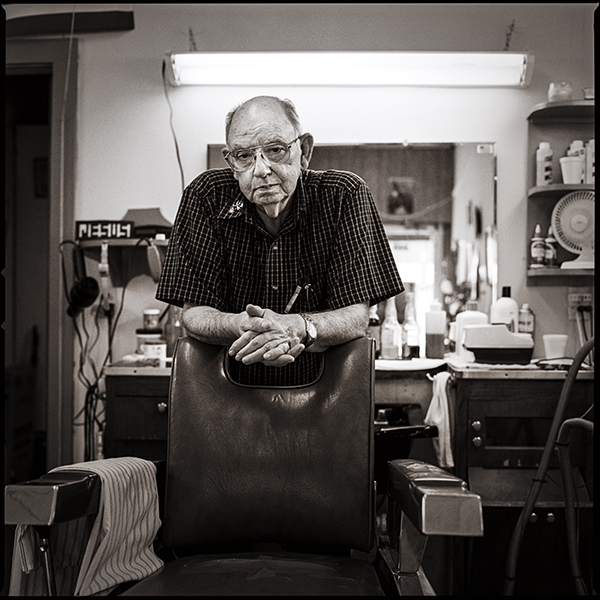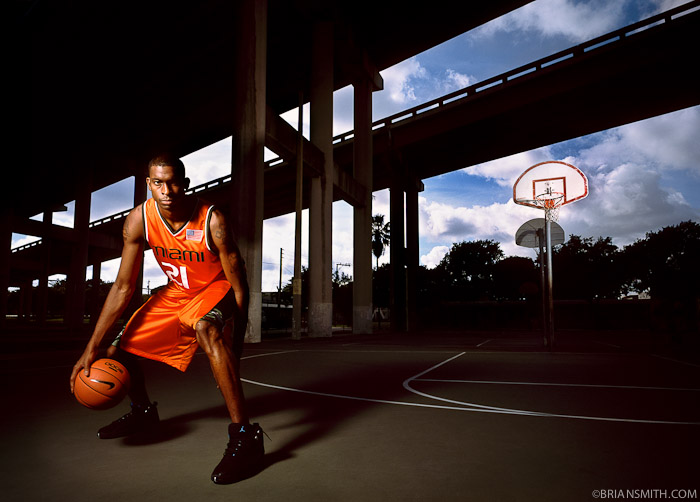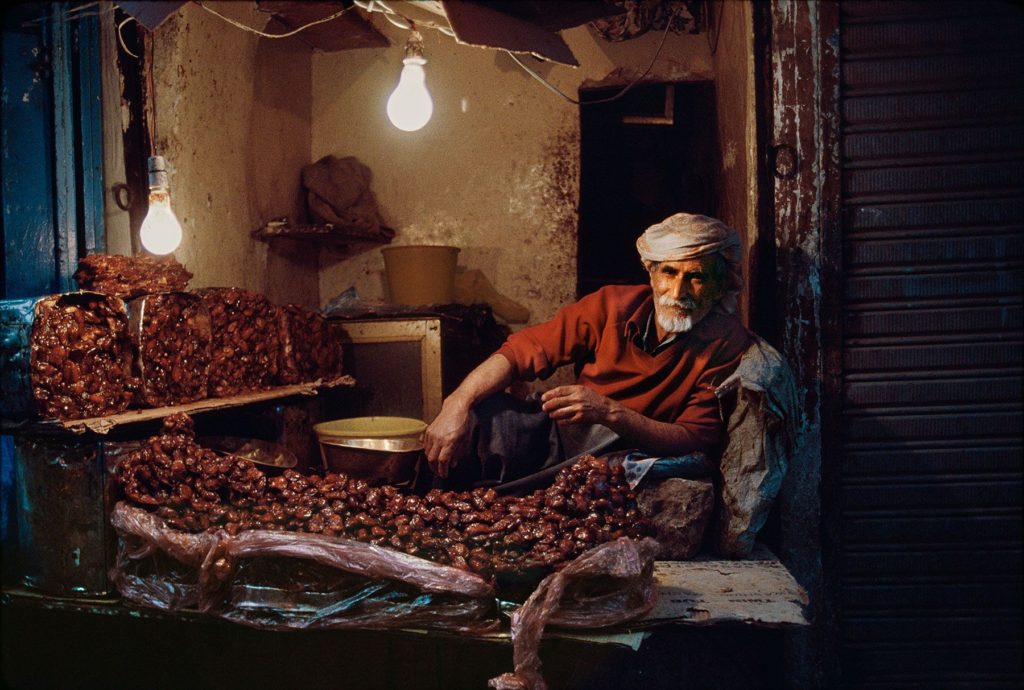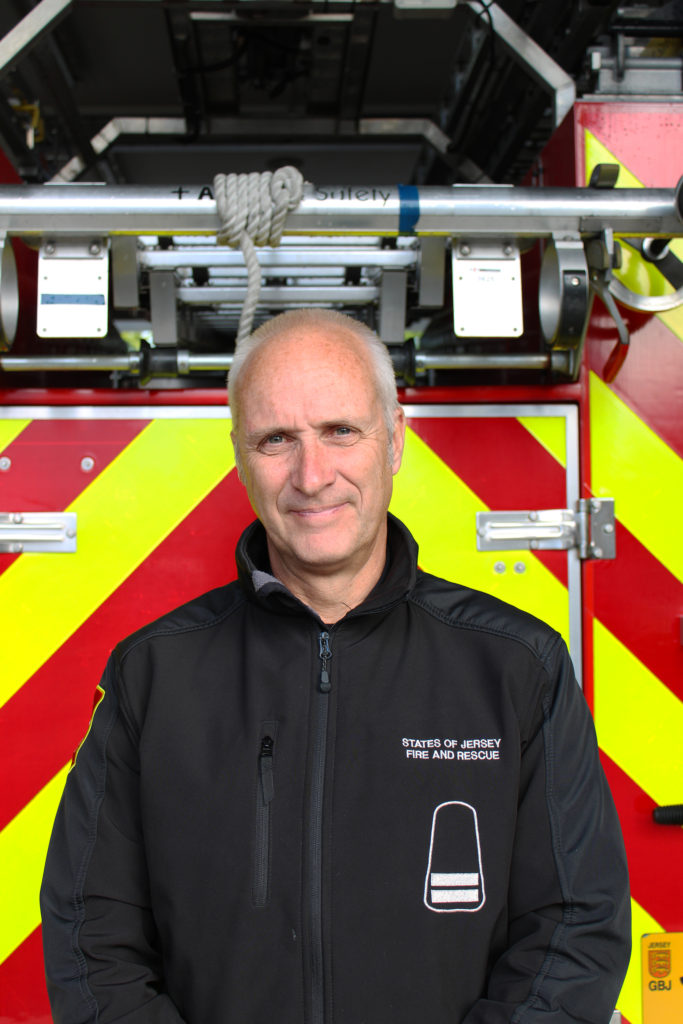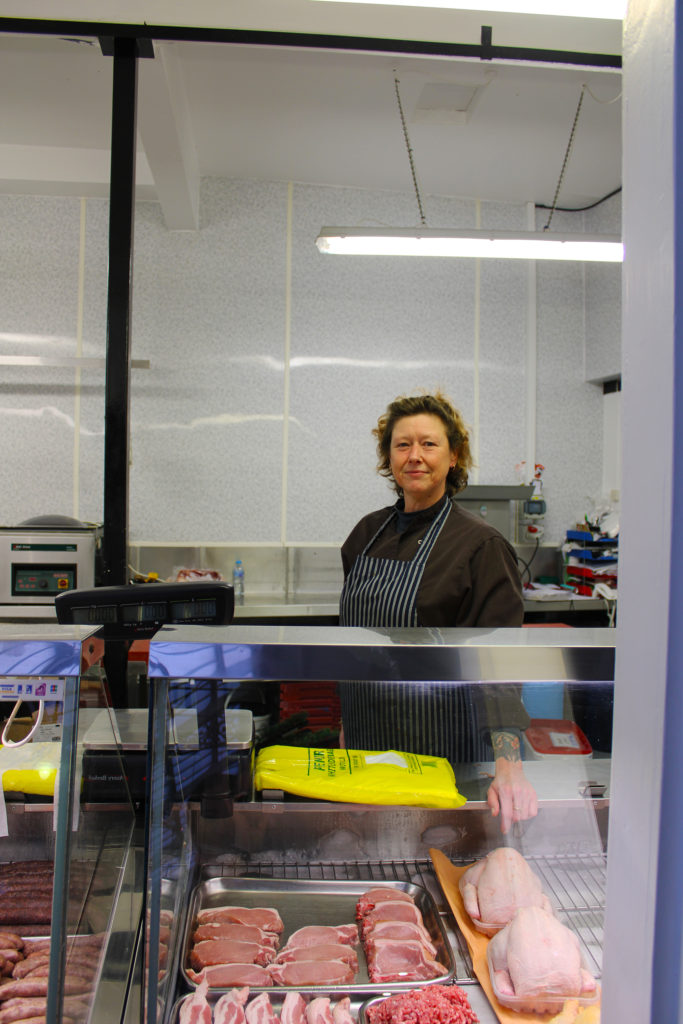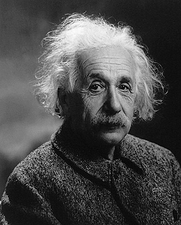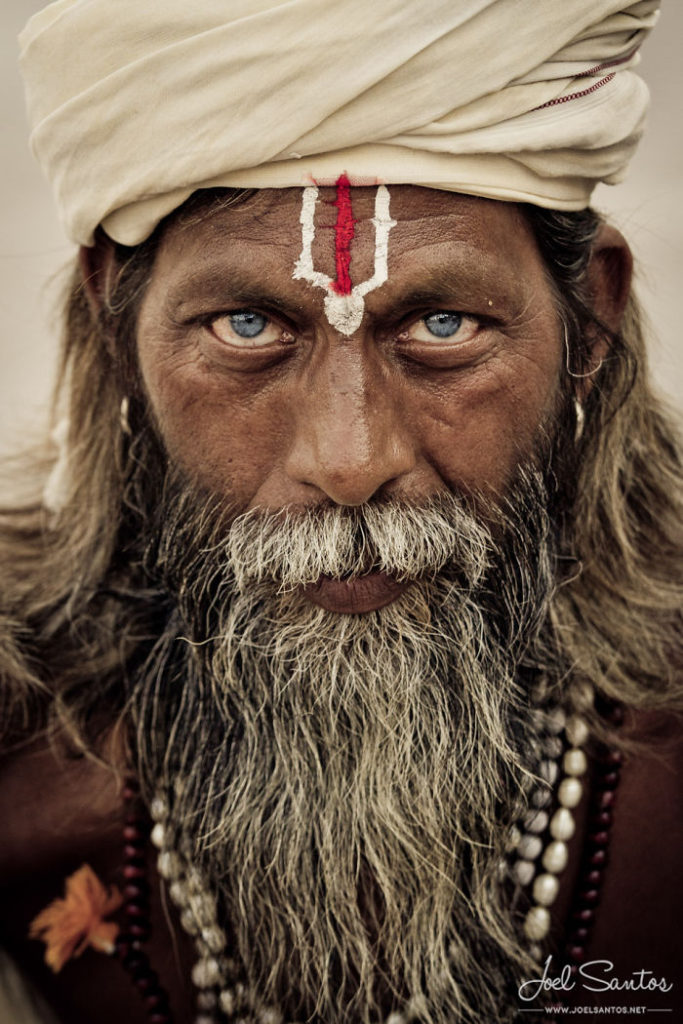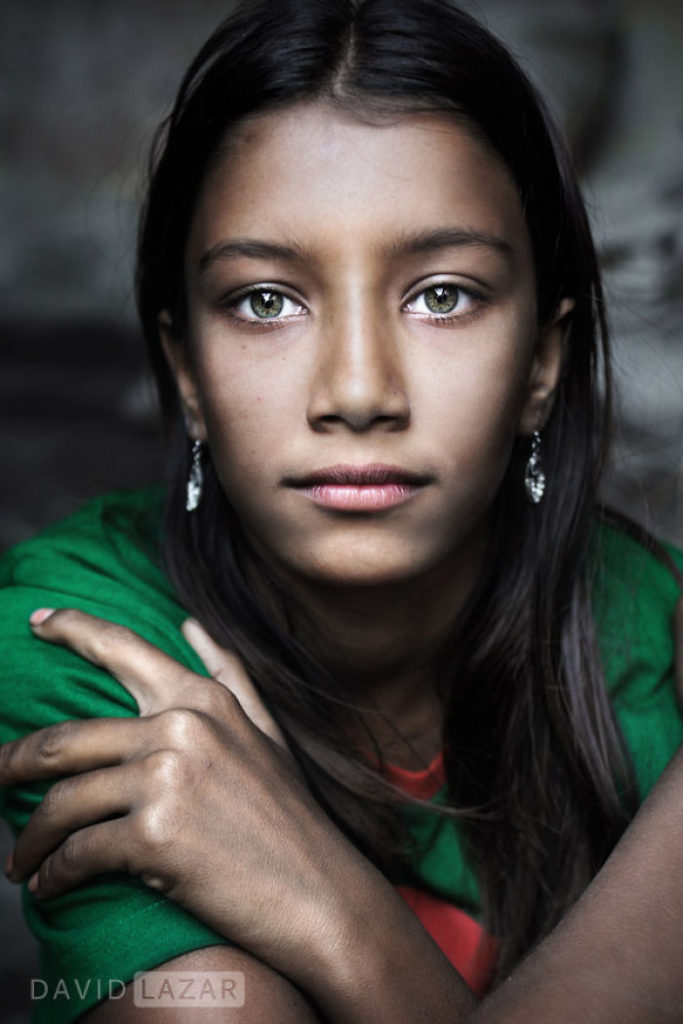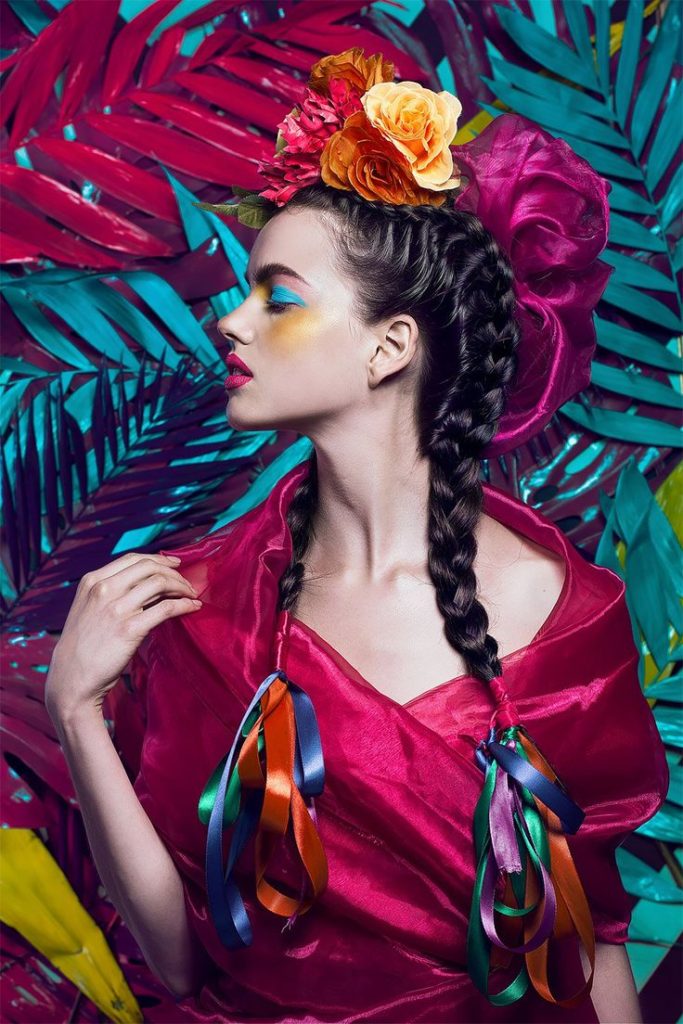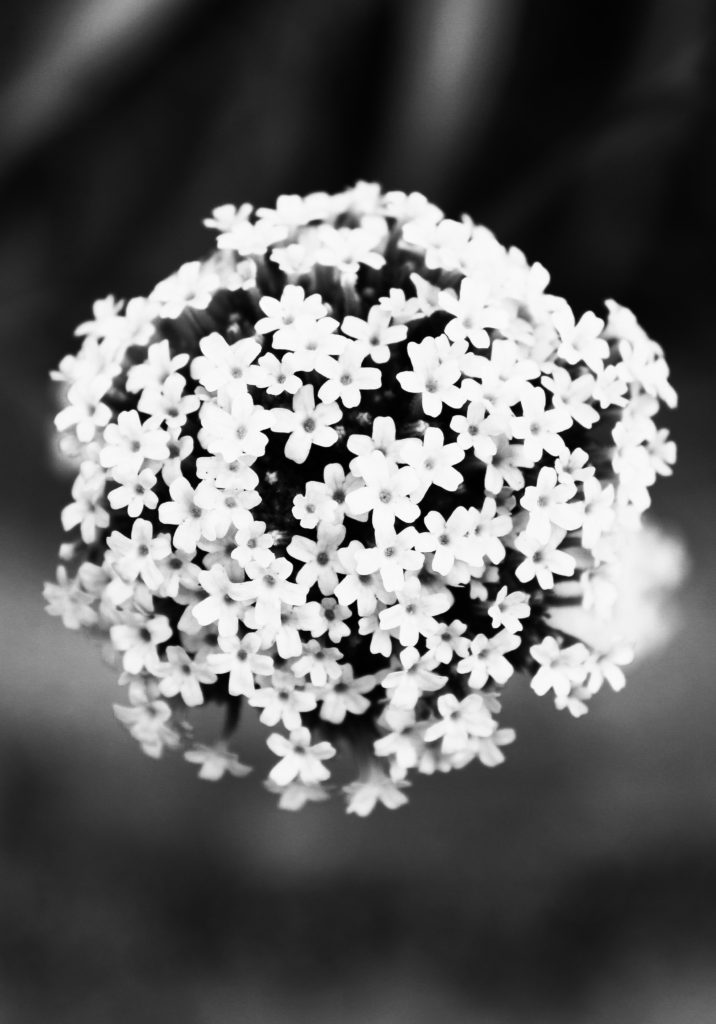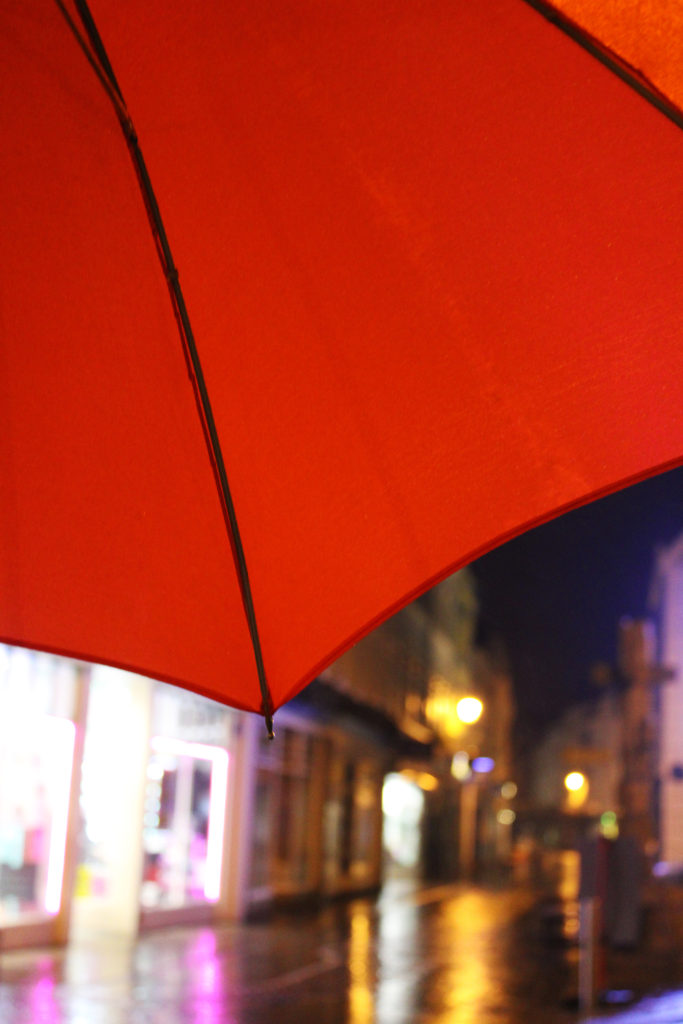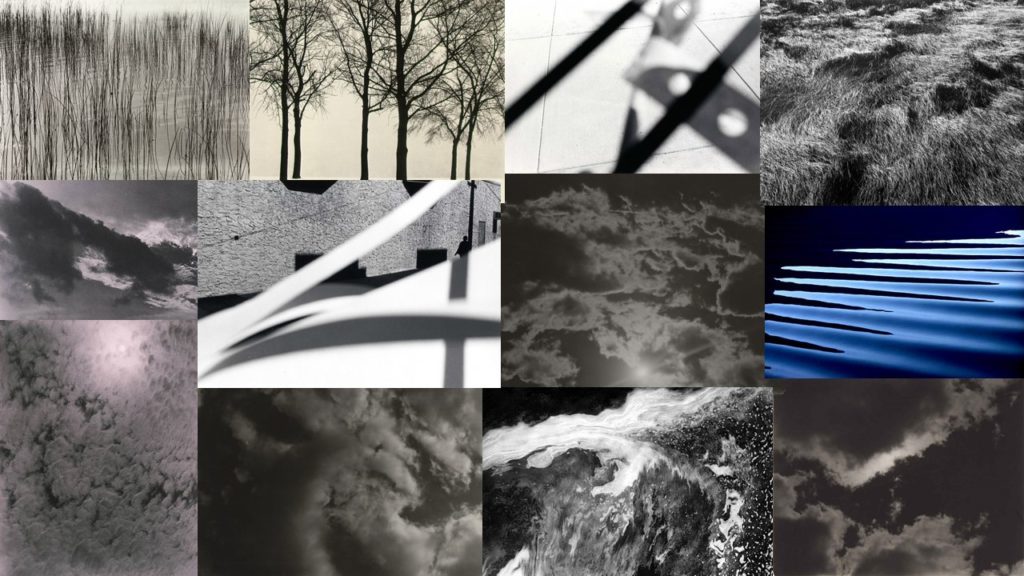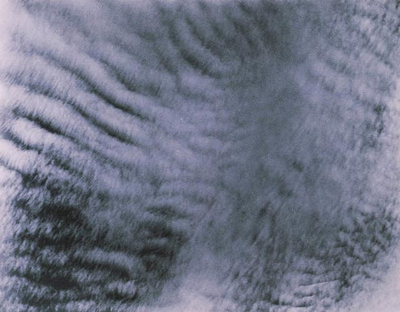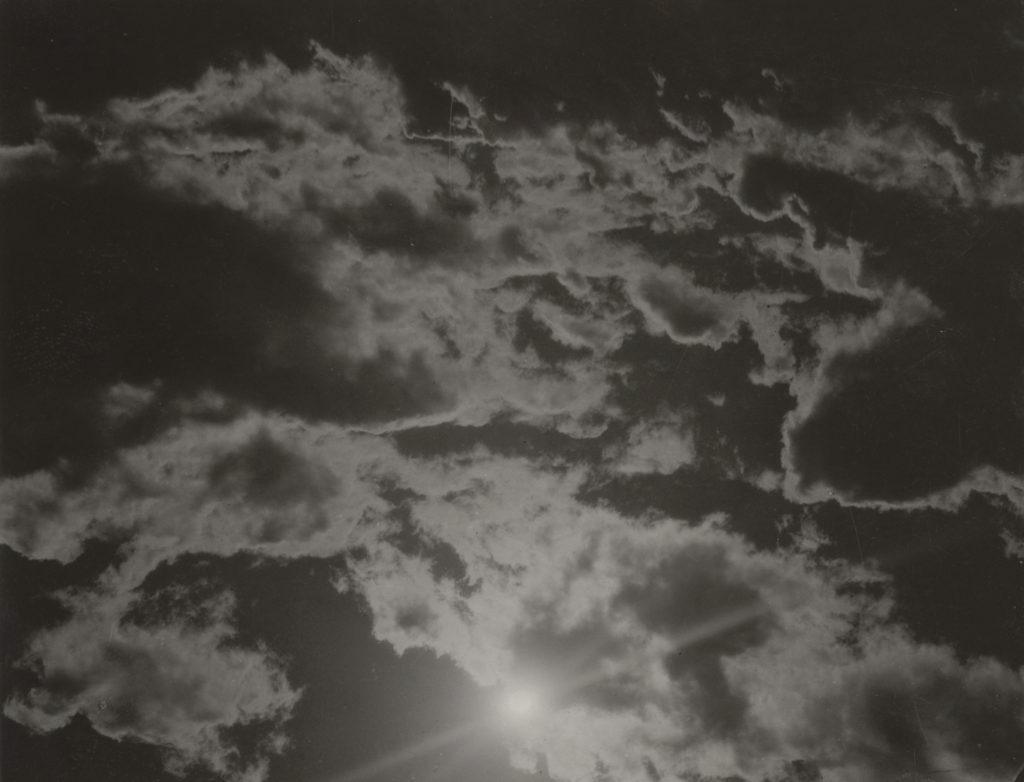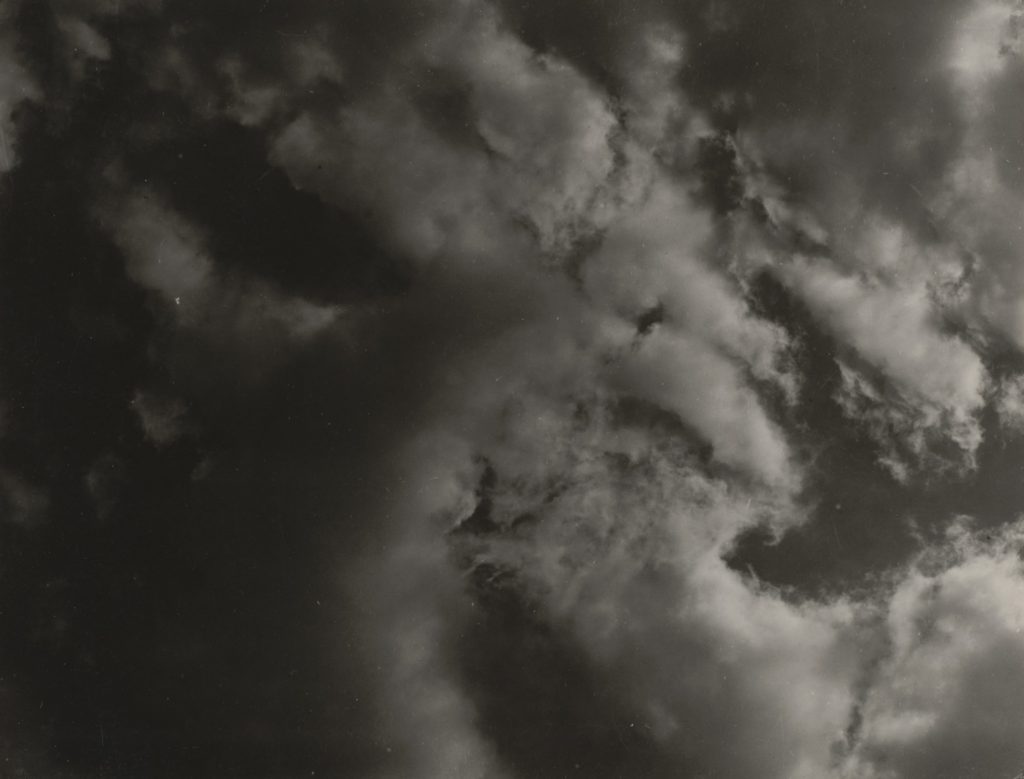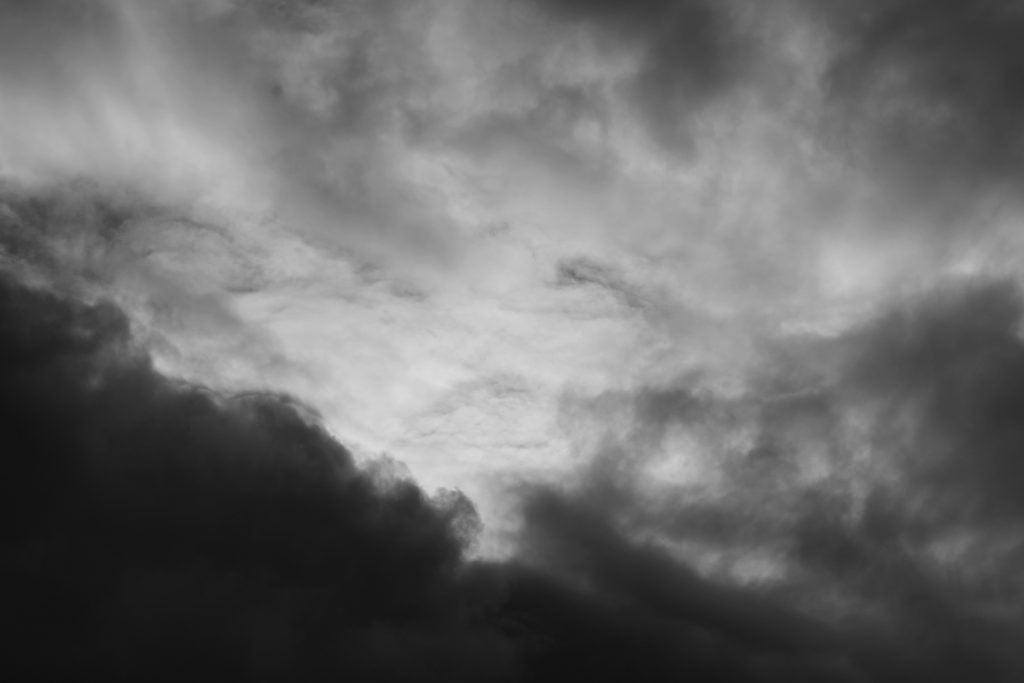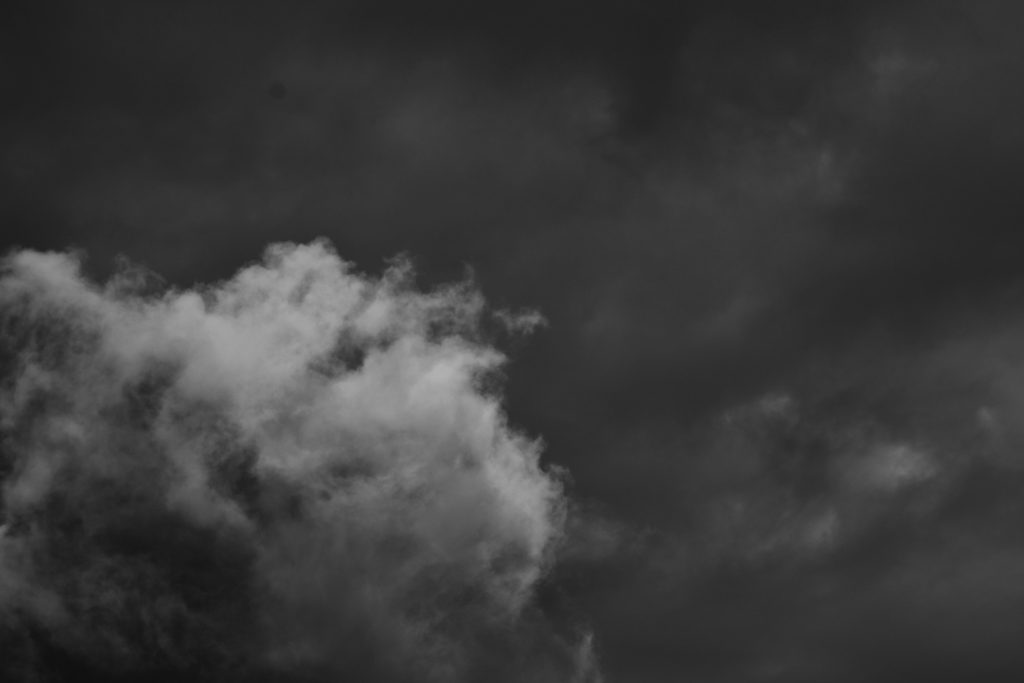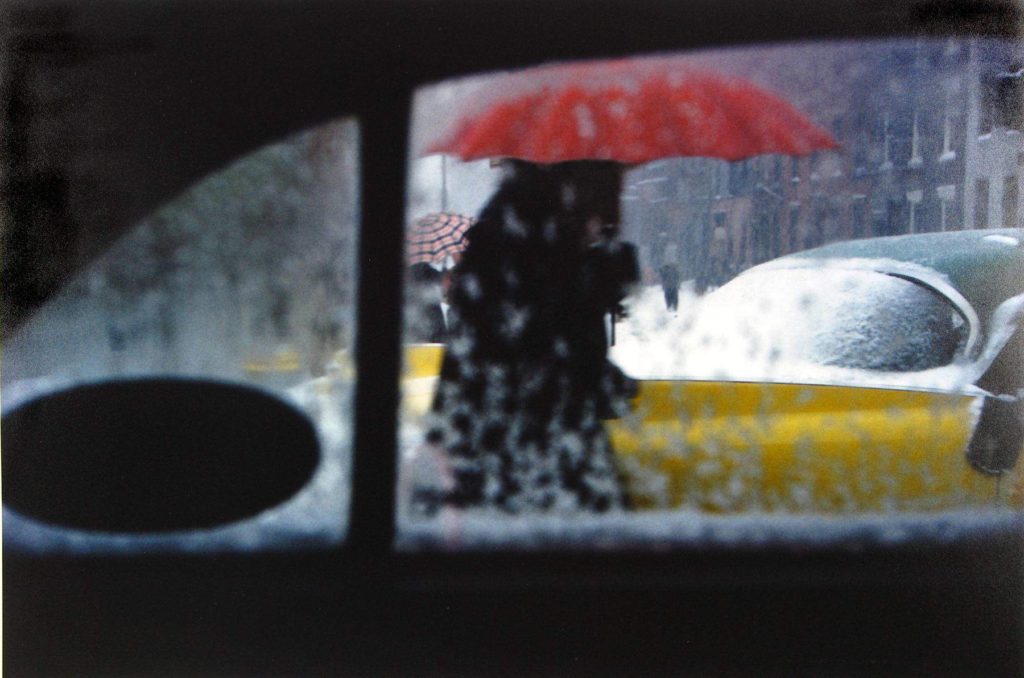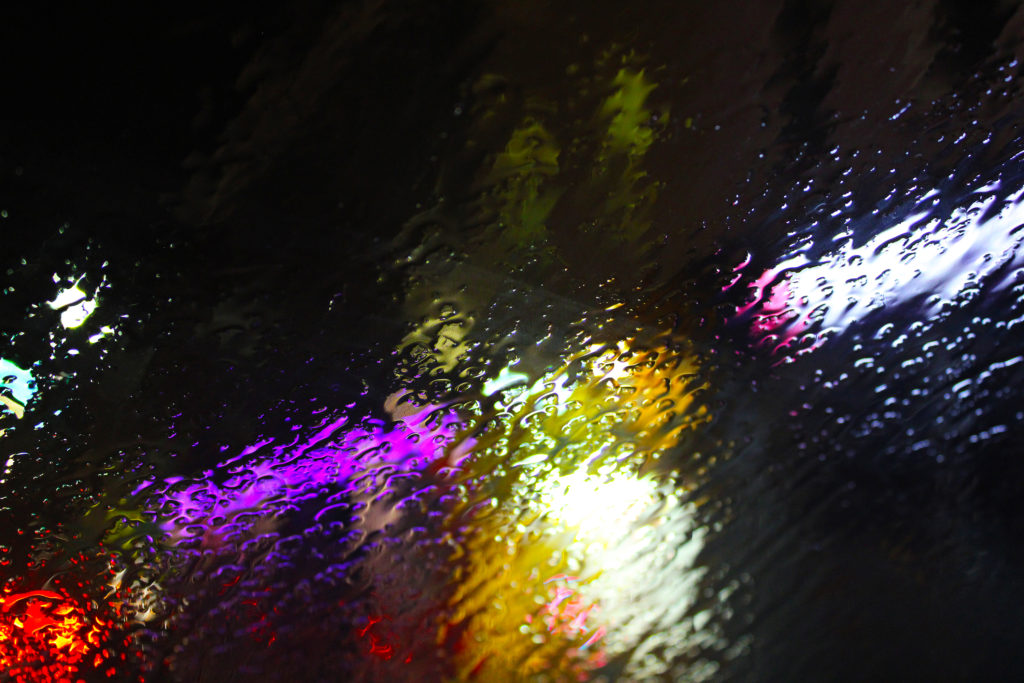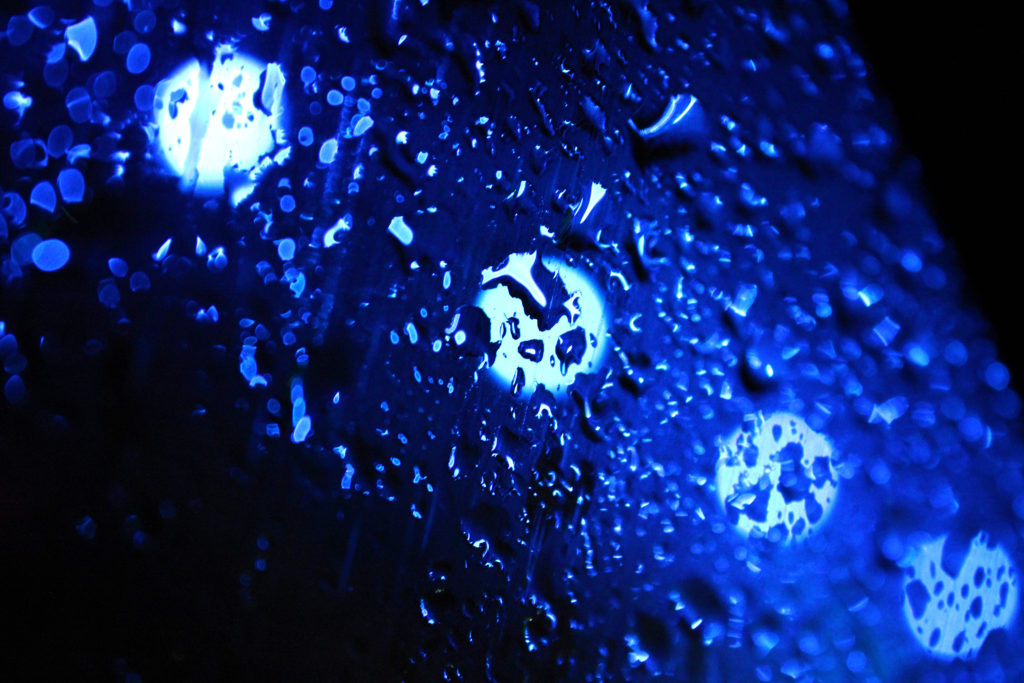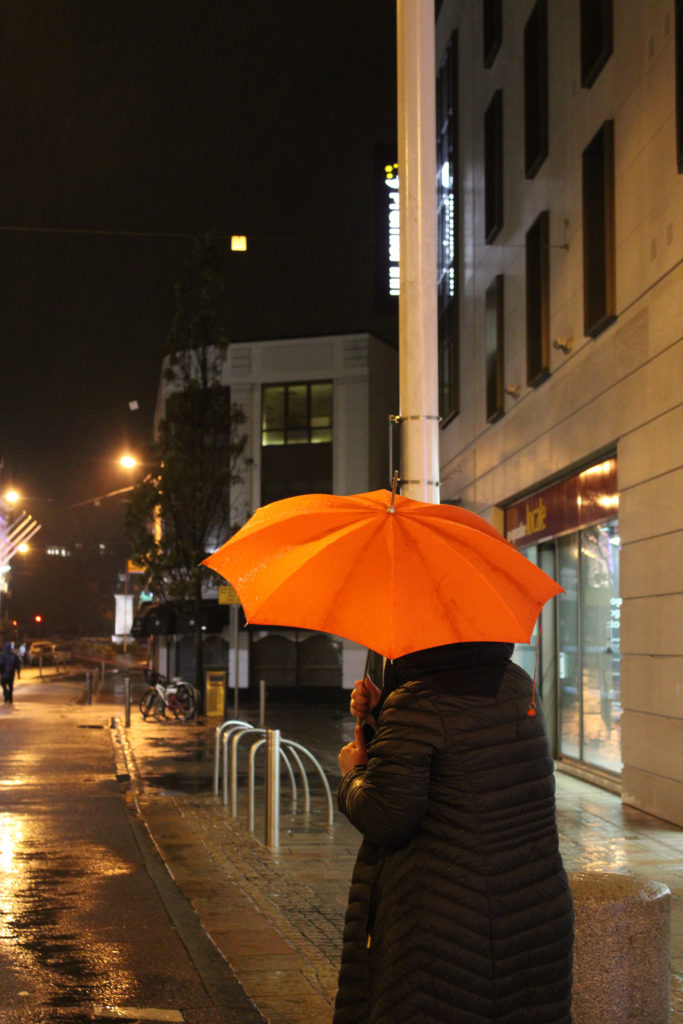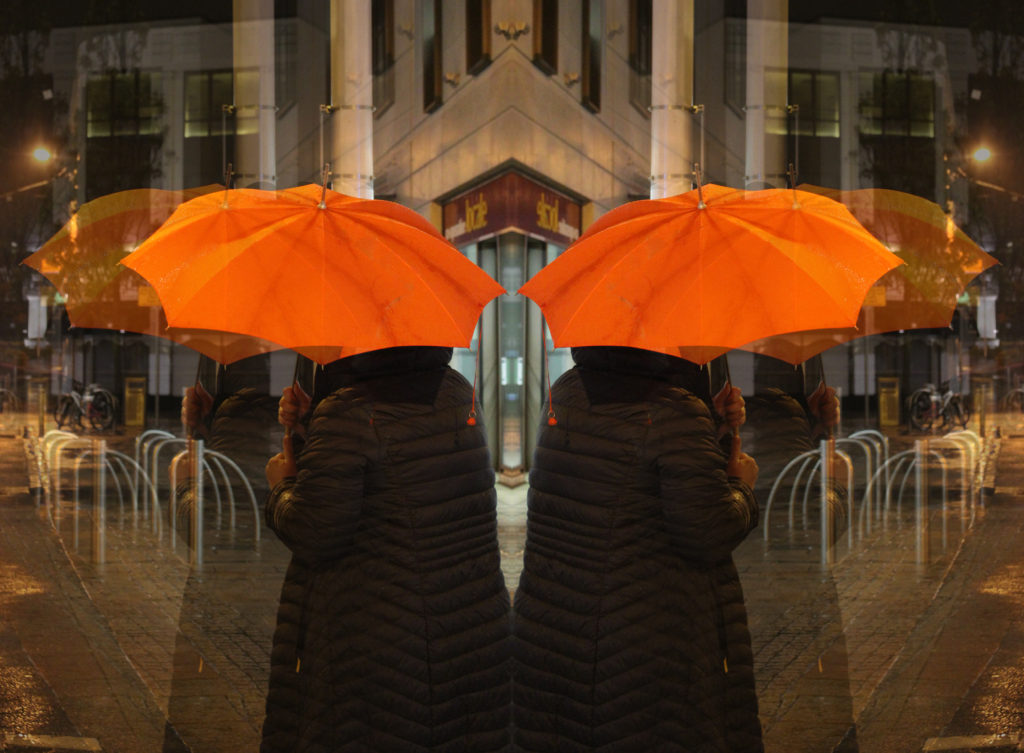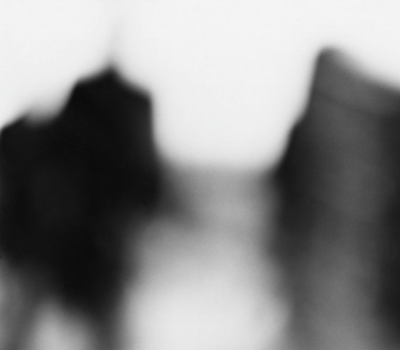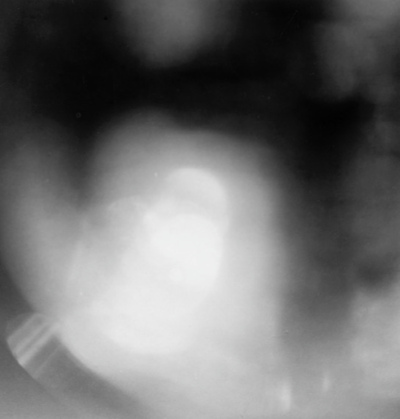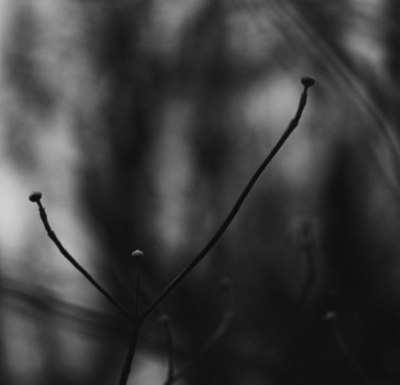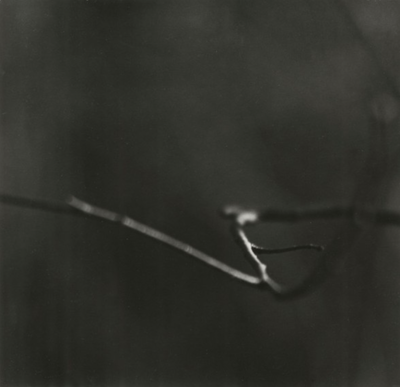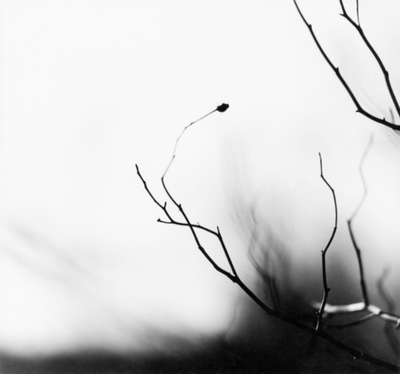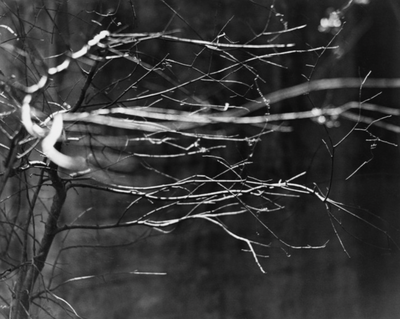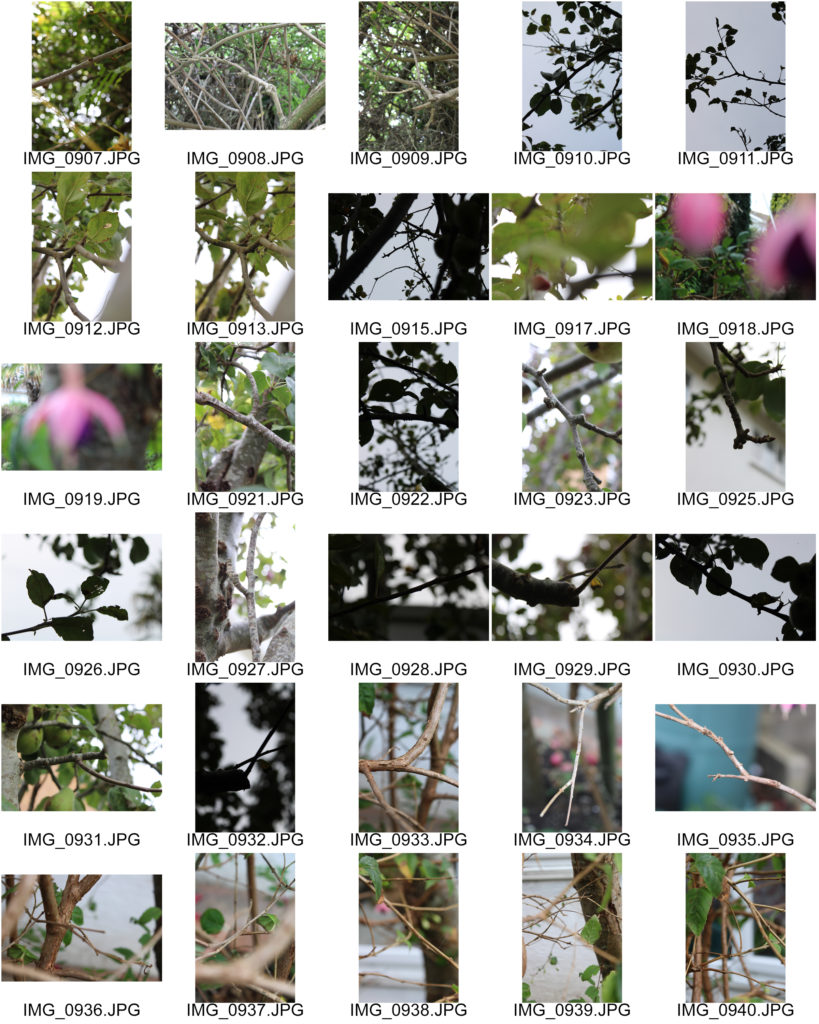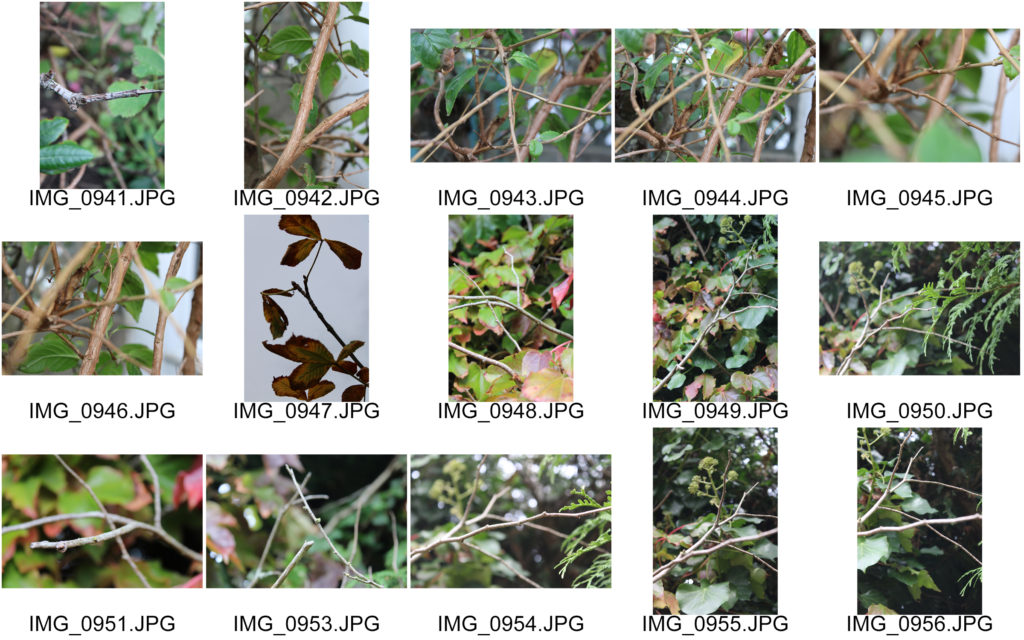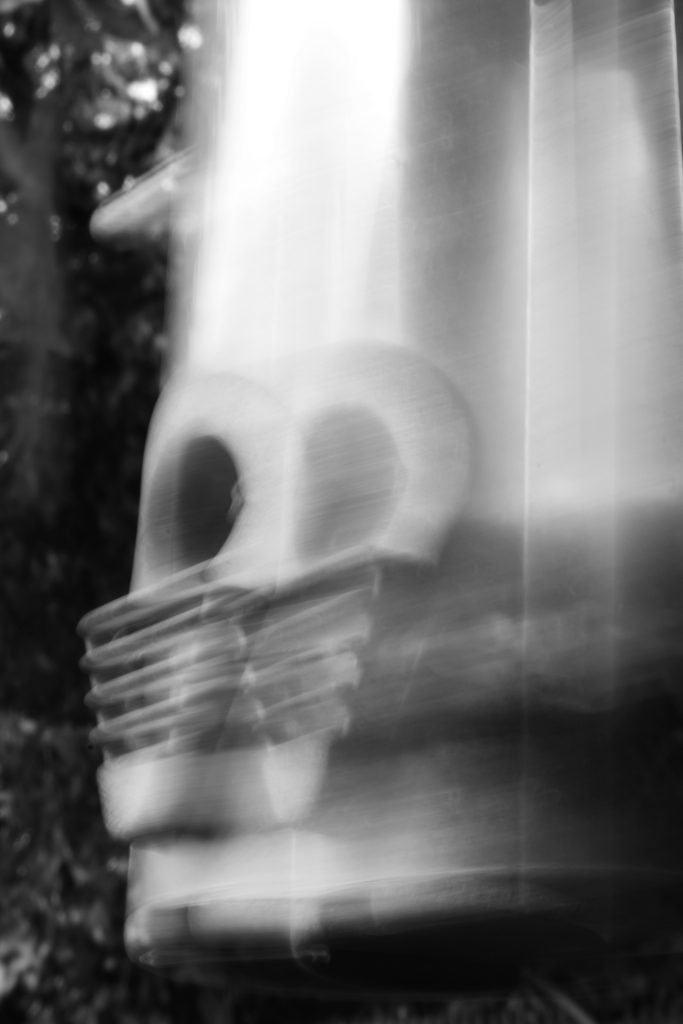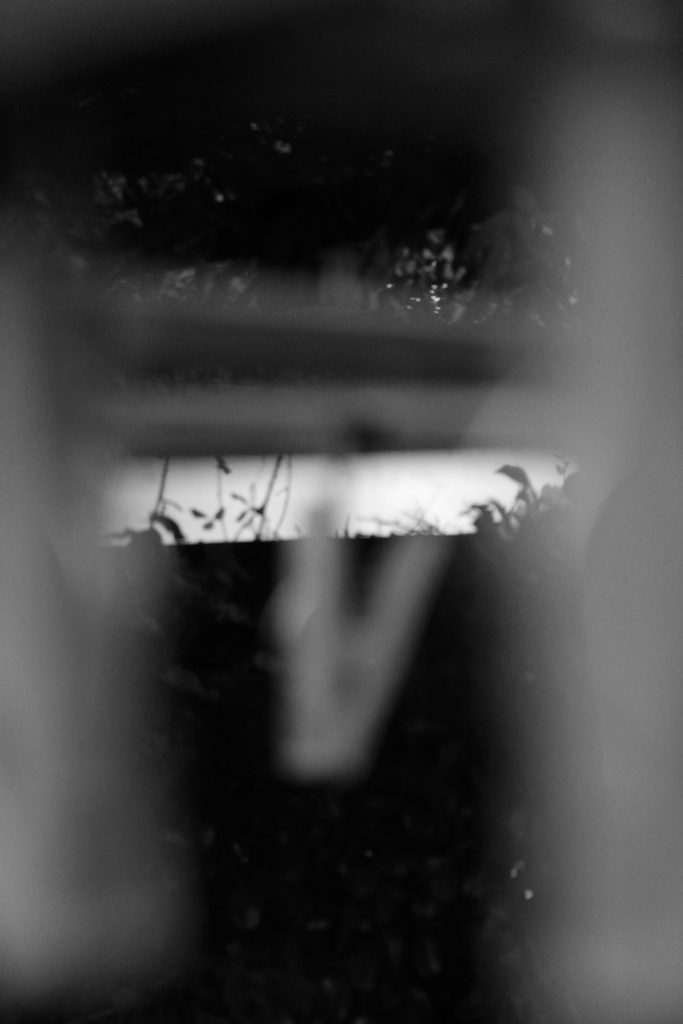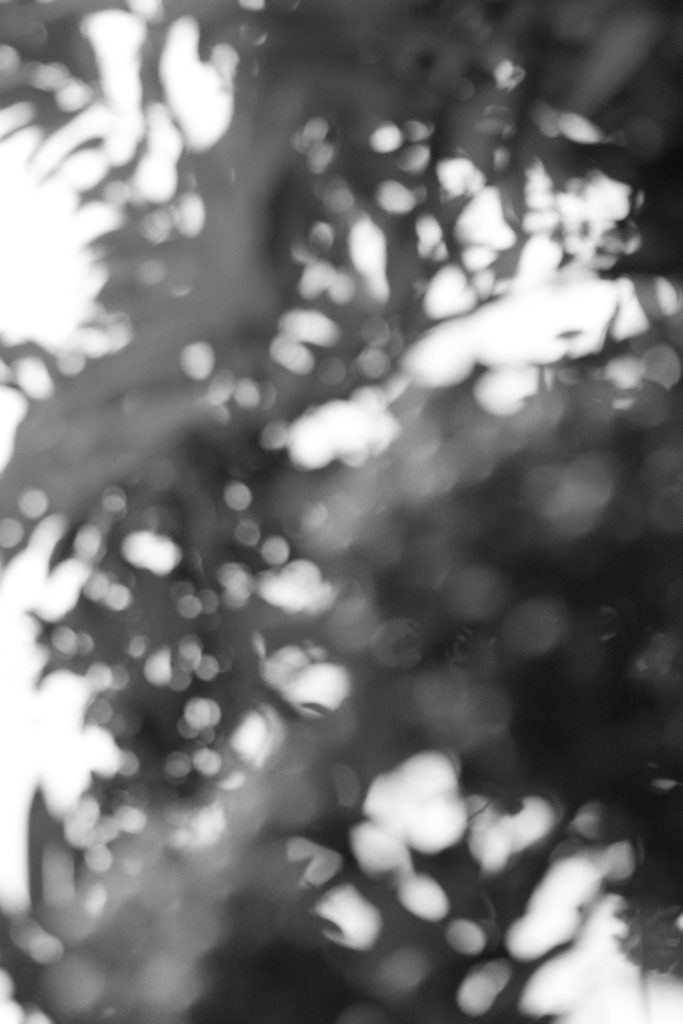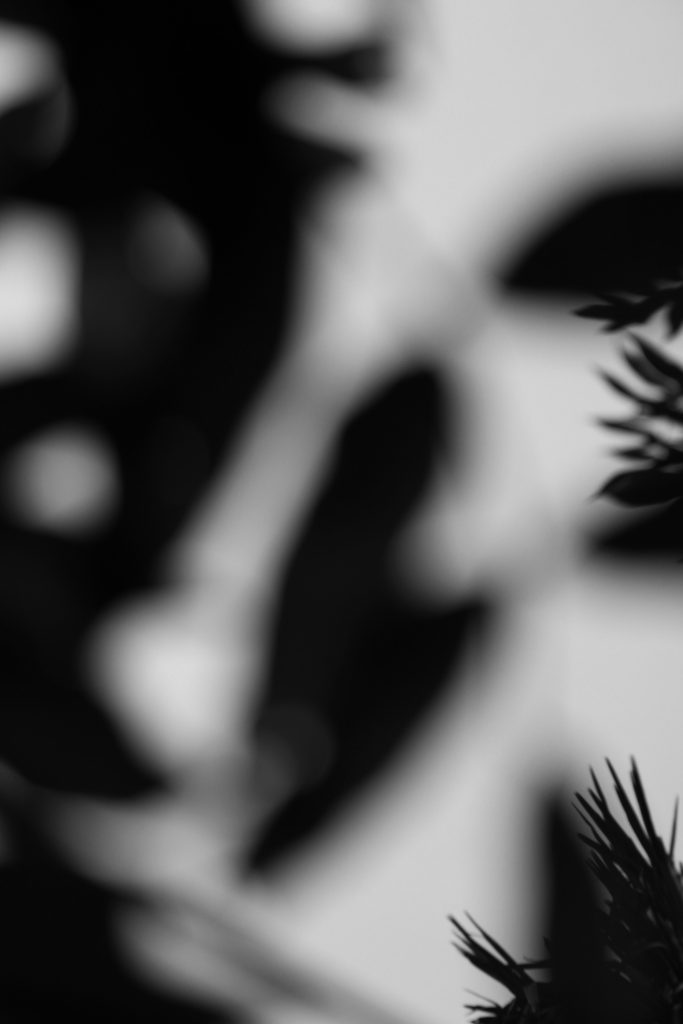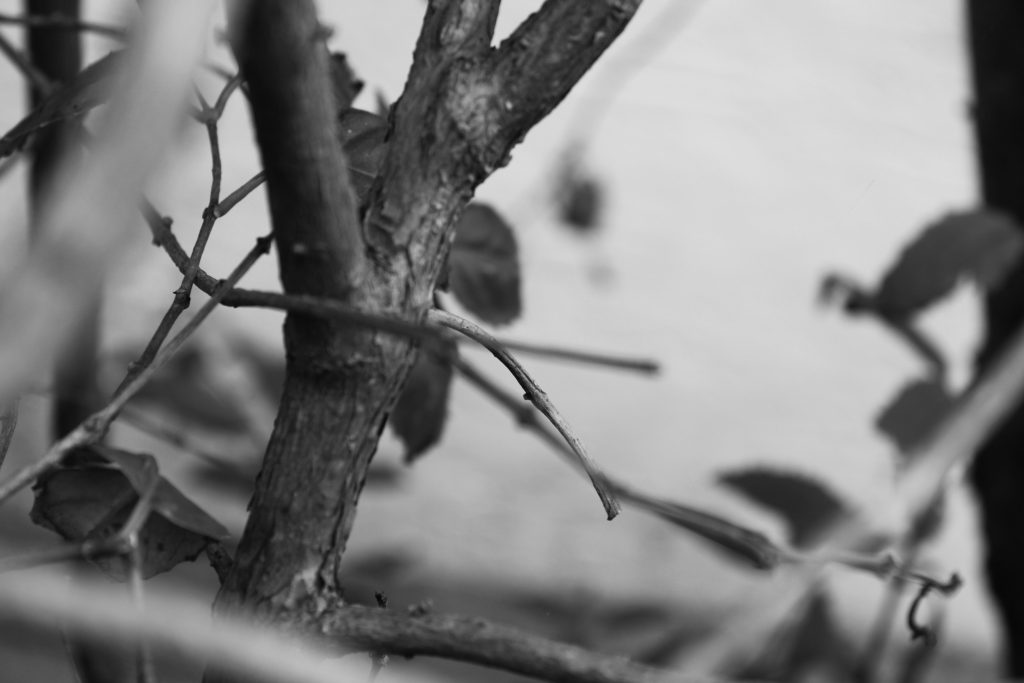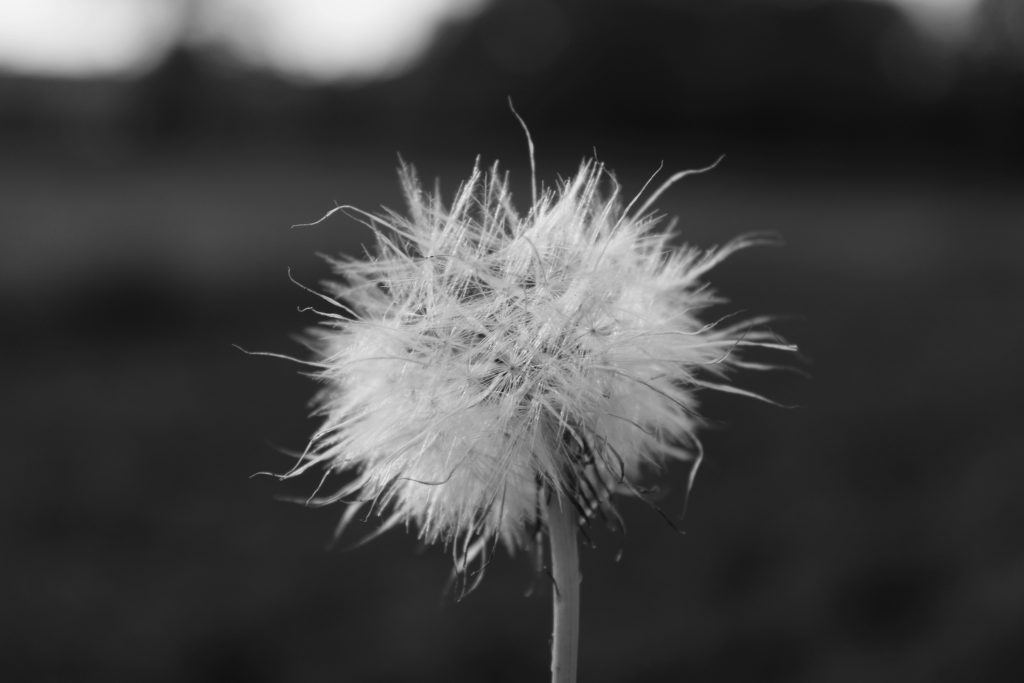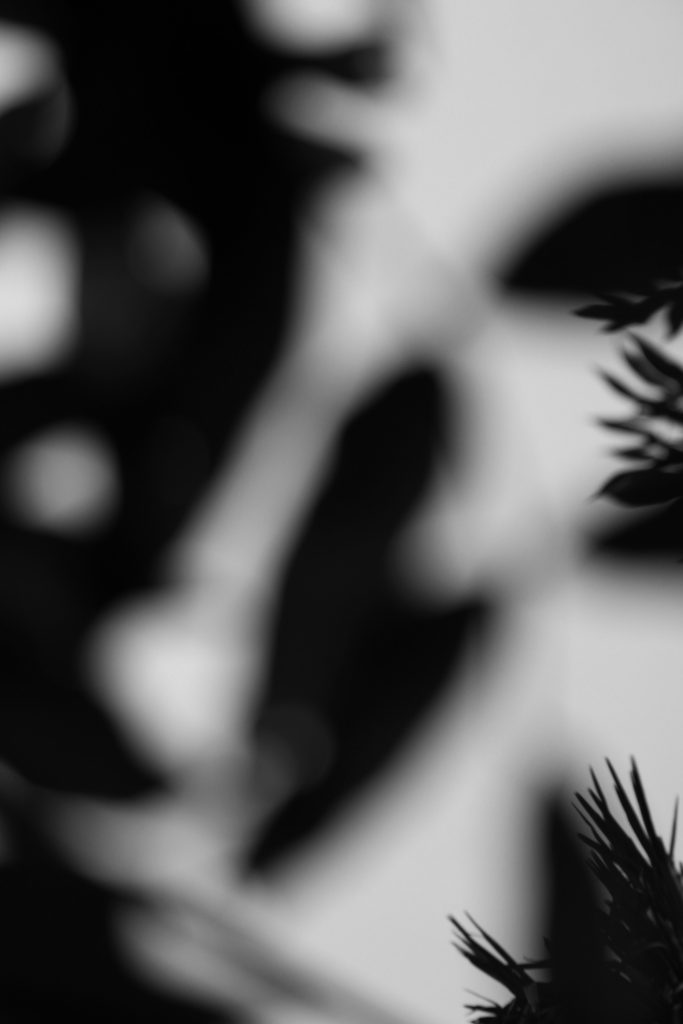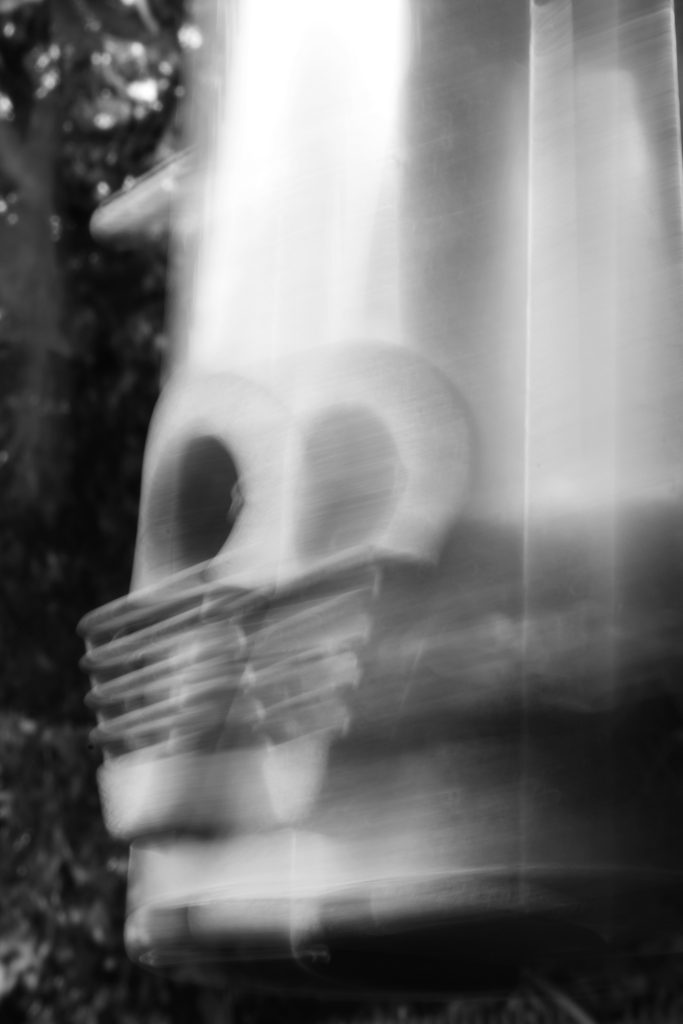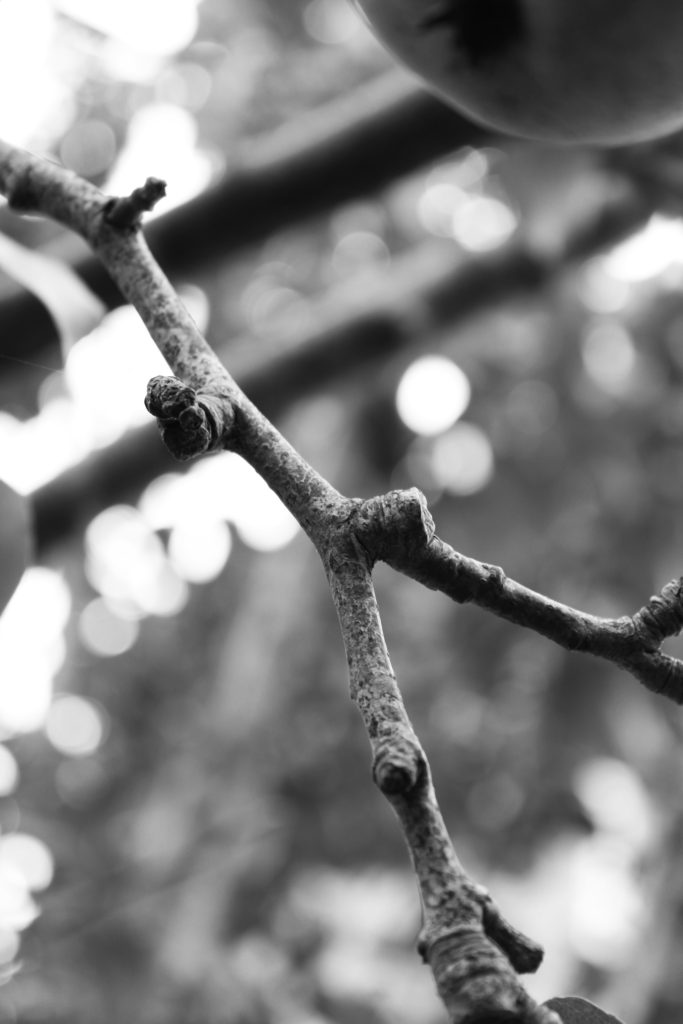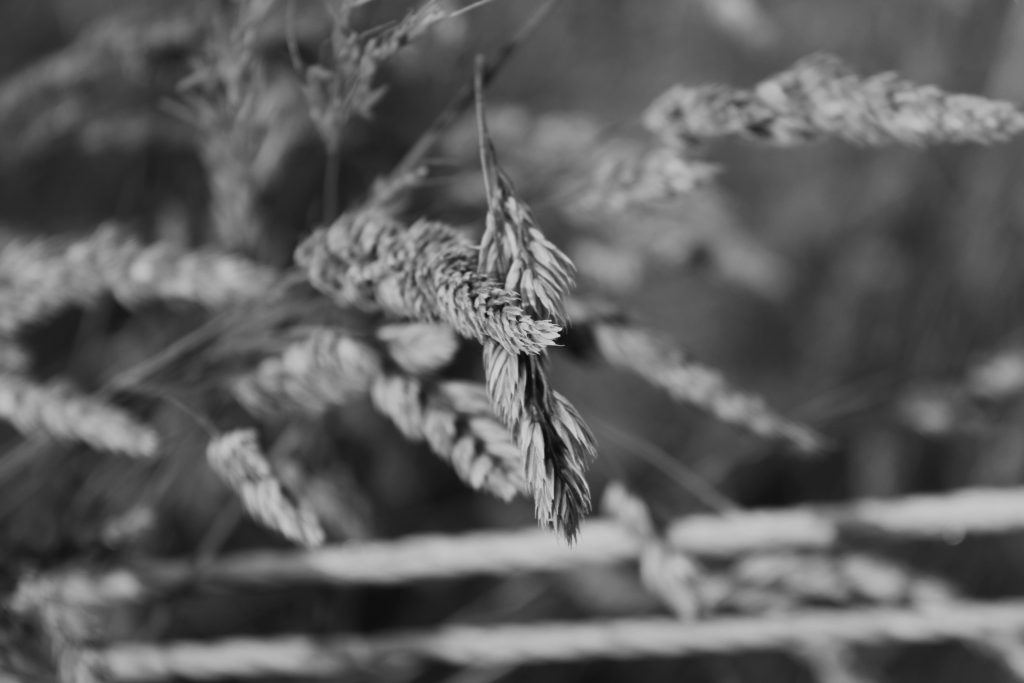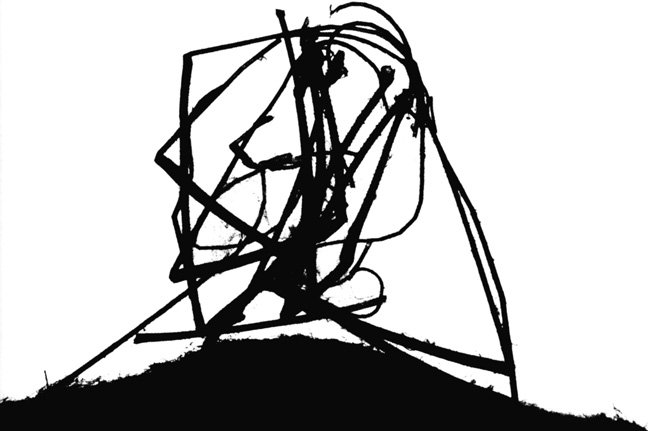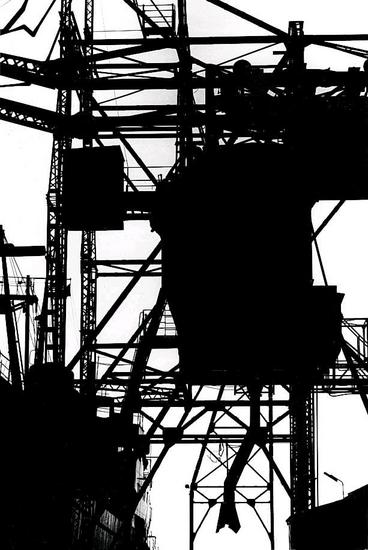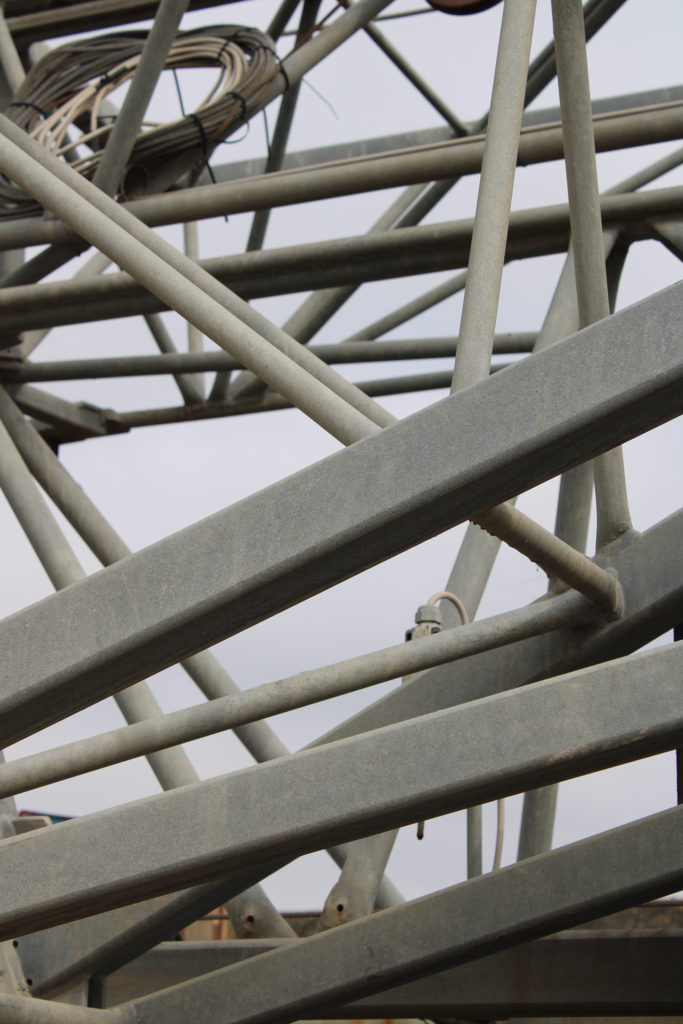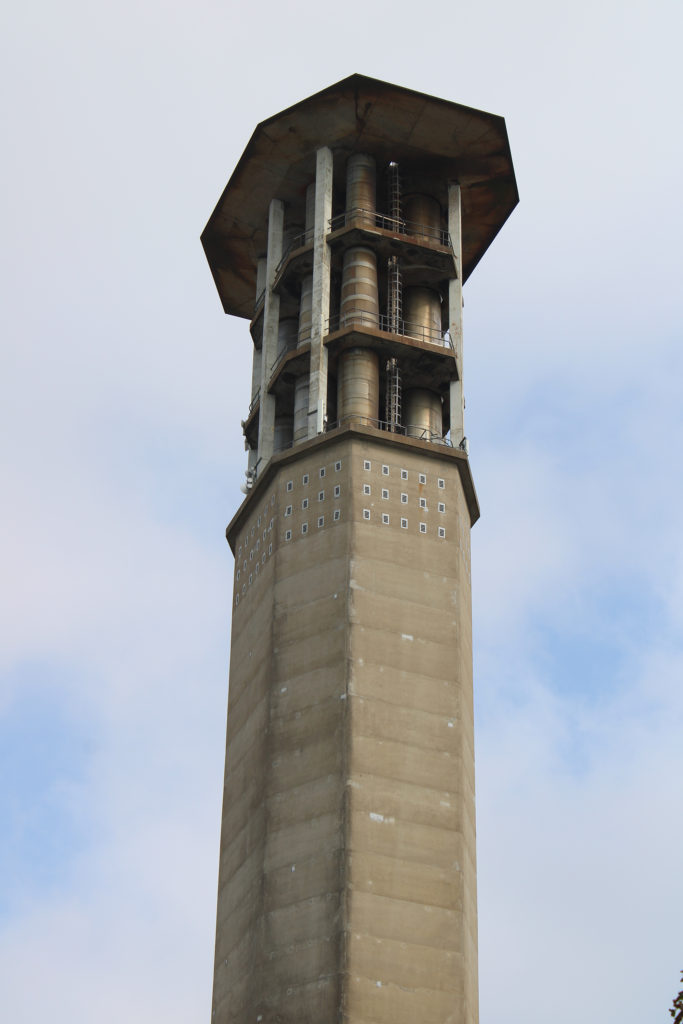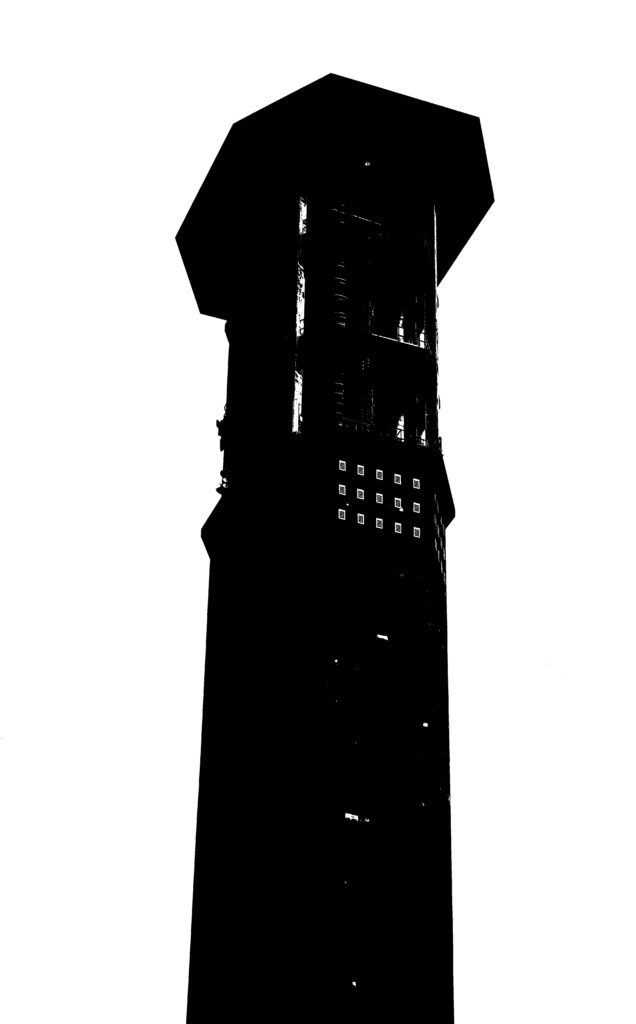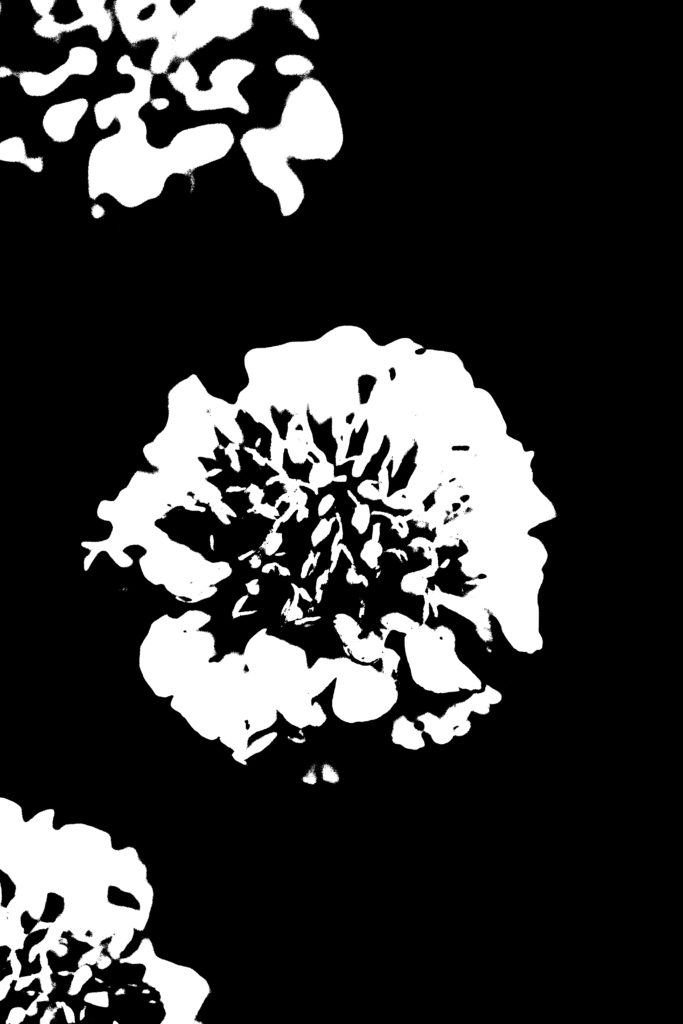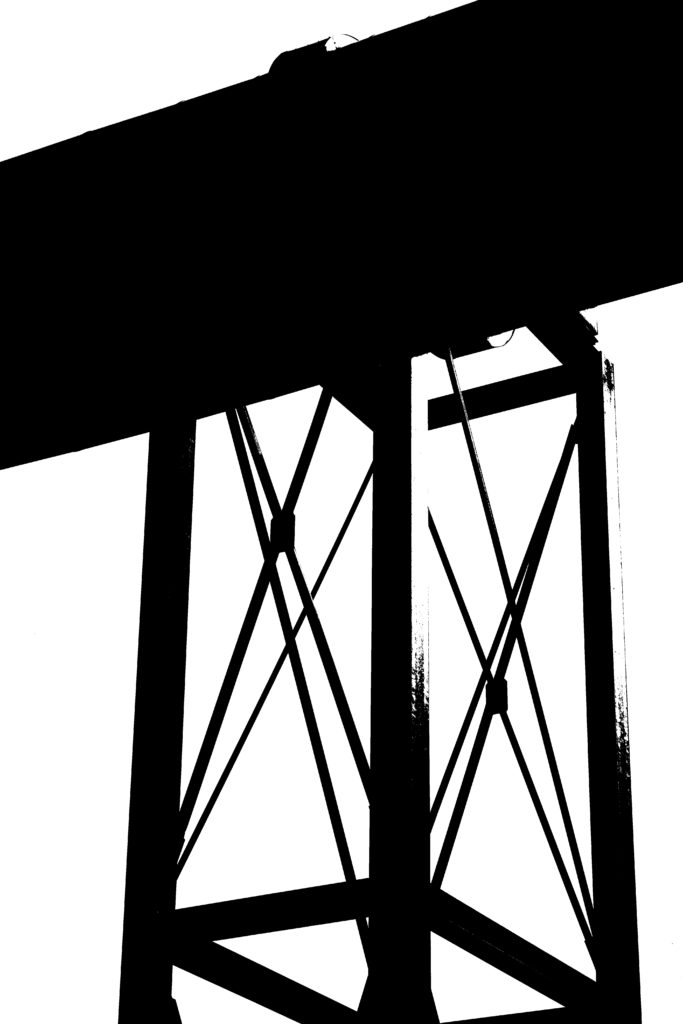An environmental portrait is a portrait executed in the subject’s usual environment, such as in their home or workplace, and typically illuminates the subject’s life and surroundings. The subjects of these images are usually surrounded by objects which relate to their craft, may that be their career or hobby. Environmental portraits should allow the observer to identify the subjects job easily by using a well lit setting and clear links to their work around or on them.
Environmental Portraits Mood Board
Image Analysis – Arnold Newman
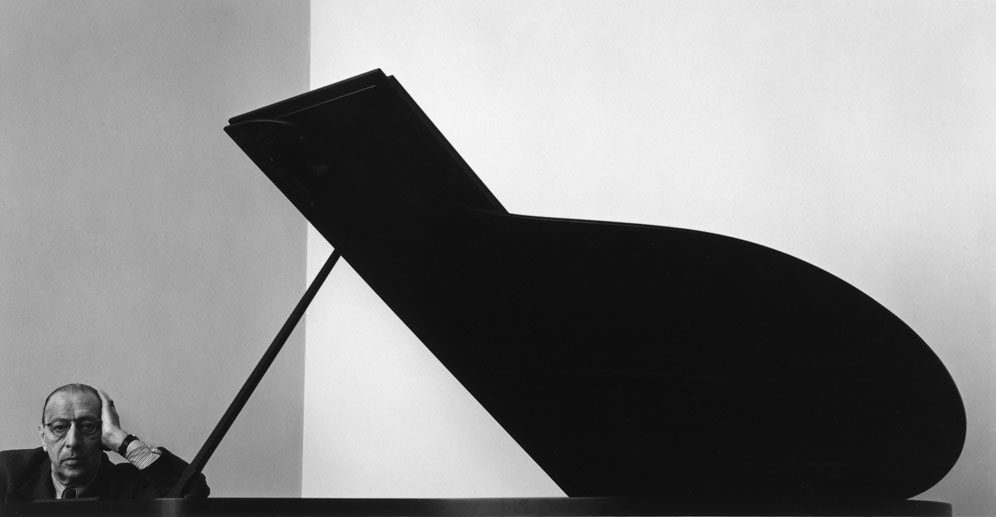
This environmental portrait of Igor Stravinsky (1882-1971) was captured by American photographer Arnold Newman (1918-2006). Newman is noted for his environmental portraits, where he photographed many famous artists and politicians. Igor Stravinsky was a Russian composer, pianist and conductor-widely considered one of the greatest and most versatile composers of the 20th century. In this portrait image, Newman has created an abstract composition as the subject Stravinsky is placed in the bottom left corner, only barely being seen. Therefore, the piano outweighs the subject alluding to the idea that music plays such an important role in his life. Additionally, the shape of the instrument itself resembles a musical note, which mixed with the immense size of the piano could symbolize how overwhelming the power of music is on society and culture. Newman has captured this image with a black and white filter, possibly due to the cameras used in 1946, which creates a high contrast of dark and light tones. There is not a vast range of tone in this image, primarily it consists of one main highlight, mid-tone and shadow- the darkest area being the piano and the lightest being the wall behind. This opposition between a harsh black and a bright white really makes the piano stand out in the photograph; it creates a clear focal point for the observer. Furthermore, there are many geometric shapes and lines in this photo which create a rigid sharp texture. These acute lines also add to the unsettling atmosphere of the image as their definite structures allude to the idea that Stravinsky’s career is at times strict and harsh in order for him to succeed above others in the industry.
Environmental Portraits Mind-Map

Photoshoot Plan
Who – I plan on photographing the people who work in the market, such as butchers, florists and chefs. I also wish to photograph some essential workers in the time of Covid-19, such as cashiers, postmen and firemen.
What – I aim to capture the subjects looking directly at the camera, surrounded by their working environment and/or showing them doing their job.
When – I hope to take some of these images on Tuesday, November 10th as the weather will be sunny and dry for any outdoors shots. I also aim on doing a shoot on Wednesday, November 11th in the evening as the market won’t be as busy and crowded.
Where – On Tuesday, my plan is to travel to St Helier and go around town looking for any postmen or binmen that may be working. I will also head to St Brelade to photograph the firemen at the station. On Wednesday, I aim on going to the market in St Helier to capture my evening photos.
Why – I will take these photos to demonstrate my understanding of environmental portraits and to show people in their working environments. I also want to show how these people feel at the moment of the shoot, letting them act however they wish to in front of the camera.
How – I am going to produce this photoshoot using my Canon EOS 2000D with natural lighting for the outdoor shots and artificial ceiling lighting for the indoor shots. I will use a short aperture to capture the subjects face as the main focal point in my photos.
Contact Sheets
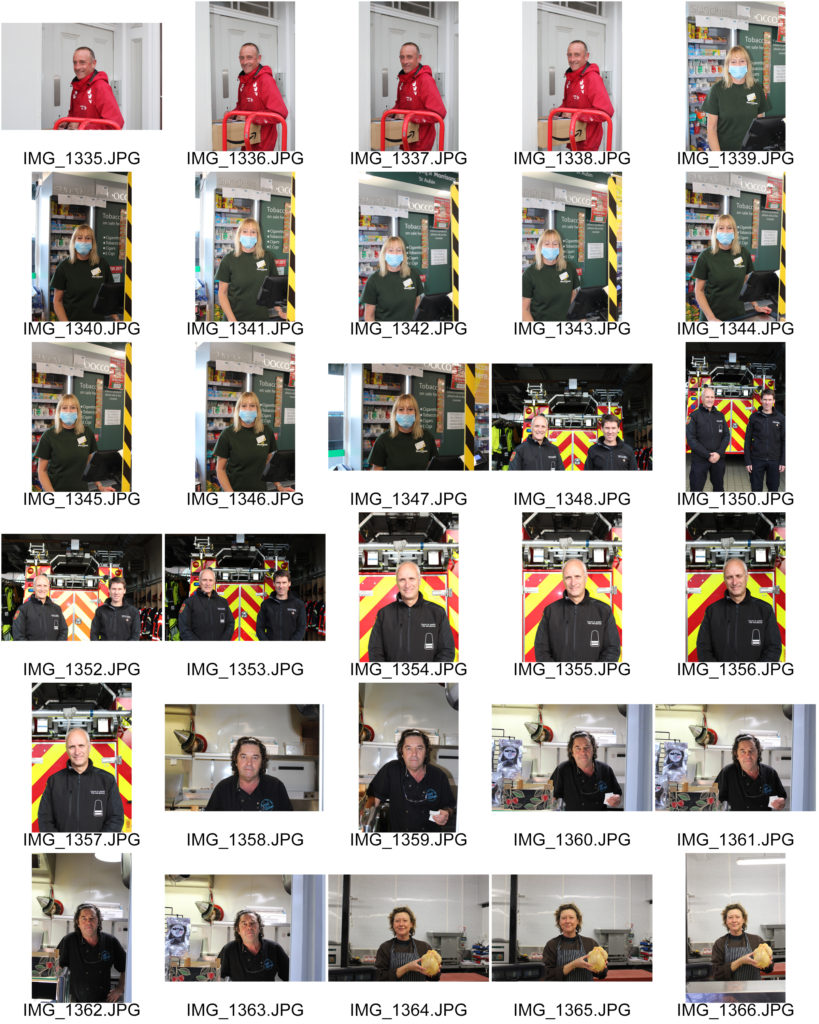

Final Edited Images
Final Images
I have chosen these two images of a florist and a fireman as my final selection as I believe they show clear environmental portraits, linking to each other through colour and composition. Firstly, both images hold repetition of saturated warm colours, such as yellow and red, which reflect the cheerful atmosphere created by the subjects smiling facial expressions. Additionally, I think these images work well together because of their similar compositions. Image one has the subject in the centre, with her work environment surrounding her in the foreground and background. This allows the observer to connect with the image as the camera is at eye level with the subject smiling down the lens, creating a friendly and welcoming atmosphere. Nevertheless in image two, the subject is similarly placed in the centre of the photograph- however his work environment is directly behind him showing he is the main focus and importance in the image. Furthermore, the fire engine behind the main subject in image two holds diagonal thick lines which create direction and lead our focus towards him. These straight leading lines also produce quite a harsh texture in image two, which alludes to the harsh reality of a fireman’s job and shows how strict and precise he must be in order to save someone’s life. This contrasts well with image one as it holds a softer texture due to the more organic and natural shapes created by the flowers and ribbons surrounding the woman. Overall, I believe these two images show strong environmental portraits which reflect the atmospheres and challenges one has in these particular careers.



